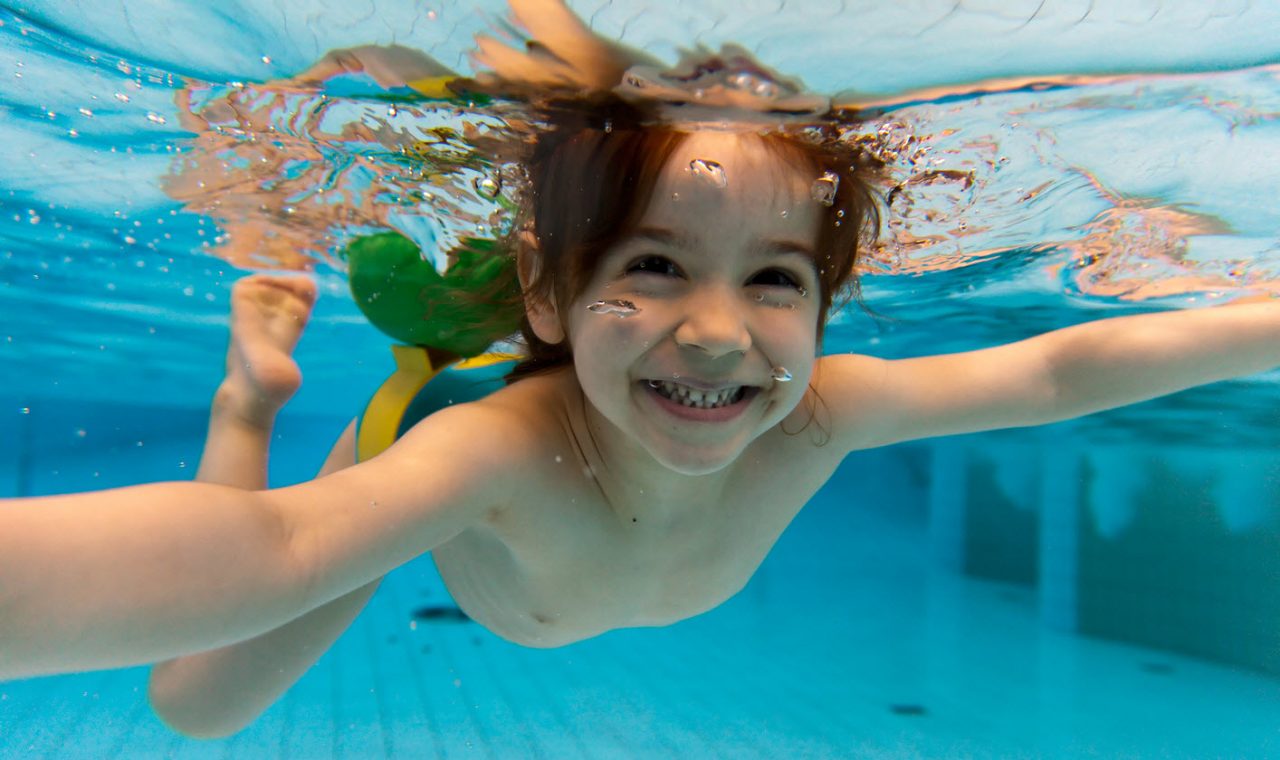Now that summer is in full swing, many of us will be spending more time at pools, lakes, beaches and other bodies of water. However, water can be dangerous for children with nearly 1,000 kids dying each year by drowning and the majority occurring at home swimming pools. The good news is that these tragic occurrences are 100% preventable, and there are many ways to keep your kids safe. The following precautions will help prevent these accidents from occurring:
- Fencing is the best measure for protection. Surround your pool on all sides with a 4-feet high fence, which should have no foot or handrails for kids to climb on. The slats should be no more than 4 inches apart so that children cannot get through. Chain-linked fences should have no more than a 1-¾ inch opening. Gates should be self-closing and self-latching with the latch out-of-reach of children.
- Remove any ladders or steps. You can also buy pool safety covers and alarms, but these have not been proven to be effective against drownings for young children.
- Supervise children at all times when they’re in or around any water, including sinks, toilet bowls, fountains, buckets, inflatable pools, or small bodies of standing water. Young children are especially susceptible as they can drown in less than 2 inches of water. Stay in arm’s reach of young kids. Never allow anyone to swim alone and never assume a child who knows how to swim is not at risk of drowning. Designate a responsible adult to watch the water when people are in the pool.
- Make sure young and/or inexperienced swimmers wear a U.S. Coast Guard-approved life jacket. Check the weight and size limitations on the label, then have your child try it on to ensure it fits snugly. For kids less than 5 years old, choose a vest with a strap between the legs and with head support to keep the child’s face up and out of the water. Inflatable vests and arm devices are not effective in protecting children from drowning.
- Enroll children in an age-appropriate swim class. Check the local recreation center to find classes taught by qualified instructors.
- Enforce rules of safe behaviors, such as “no diving”, “no pushing”, “stay away from drain covers,” “swim with a buddy,” and “walk please”. Also teach children to always ask for permission to go near water.
- After your kids are finished playing in the pool for the day, make sure to remove all pool toys and put them away. Children have drowned while trying to retrieve them.
- Be prepared. Ensure everyone at home knows how to respond to emergencies by taking water safety, first aid, and CPR classes. Keep safety equipment, such as emergency flotation devices, nearby. If a child is missing, check the water first. Seconds count in preventing death and disability.
Remember, drownings and near-drownings happen quickly and silently, so the most important thing to keep in mind is to never take your eyes off your children, especially when they are in or around water.



